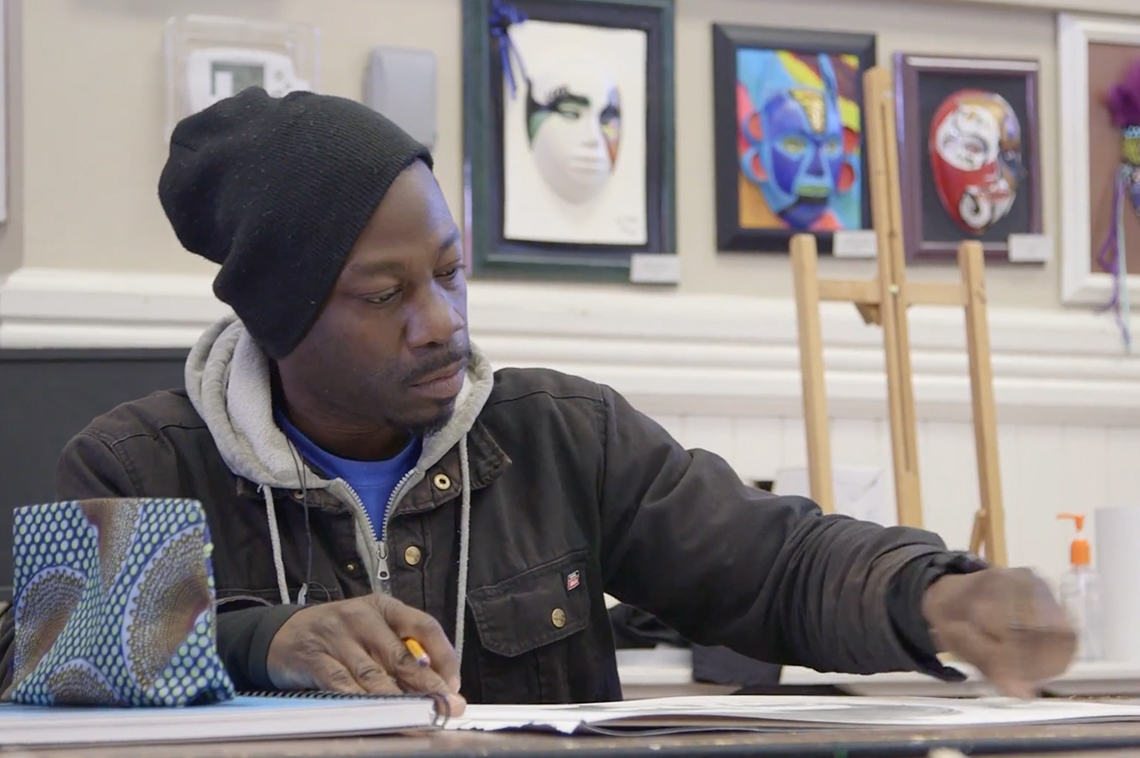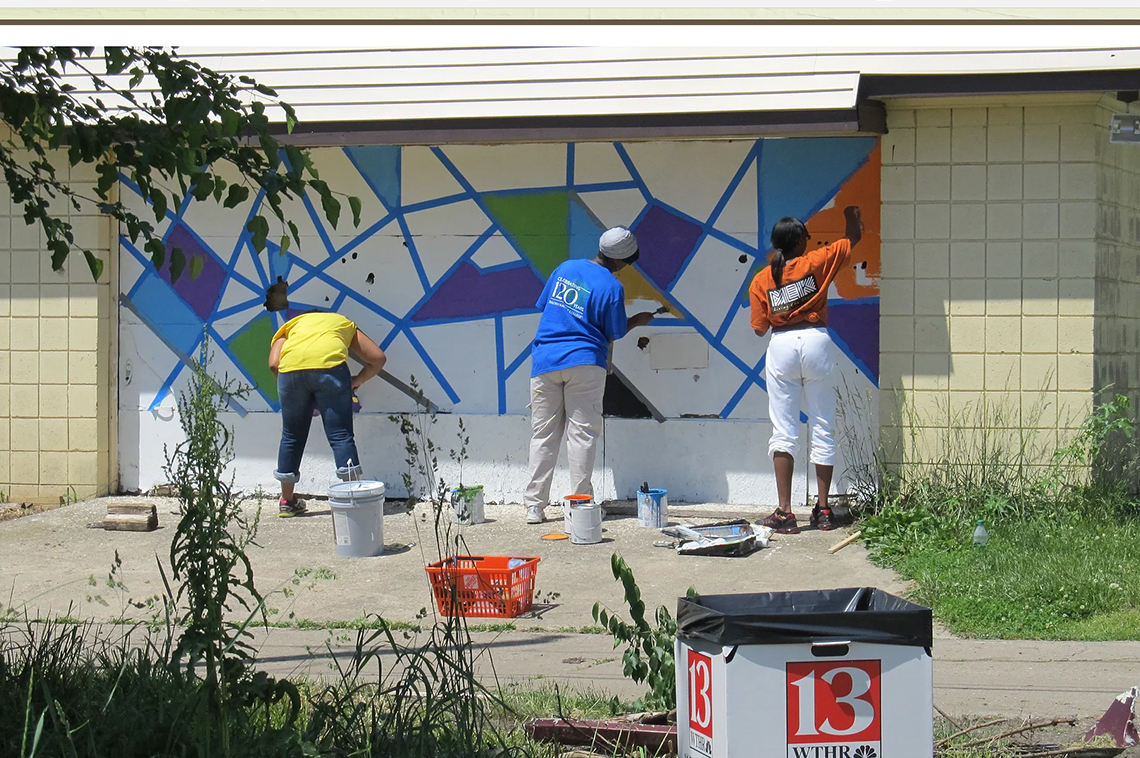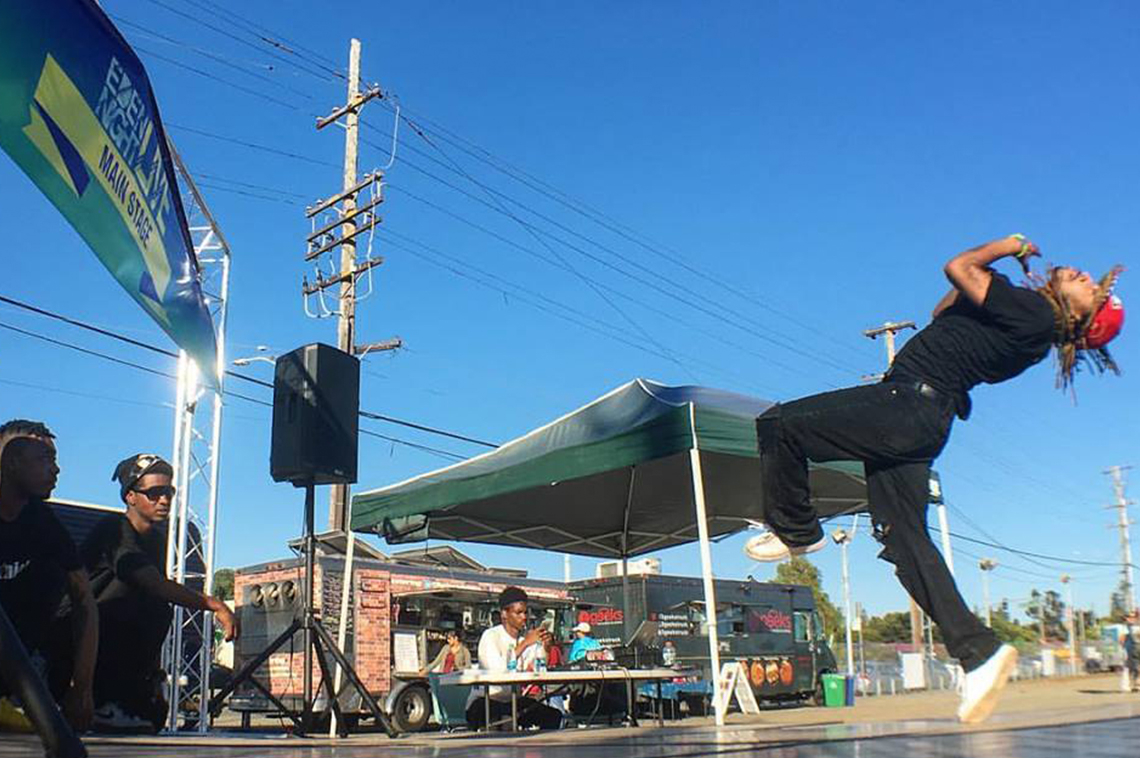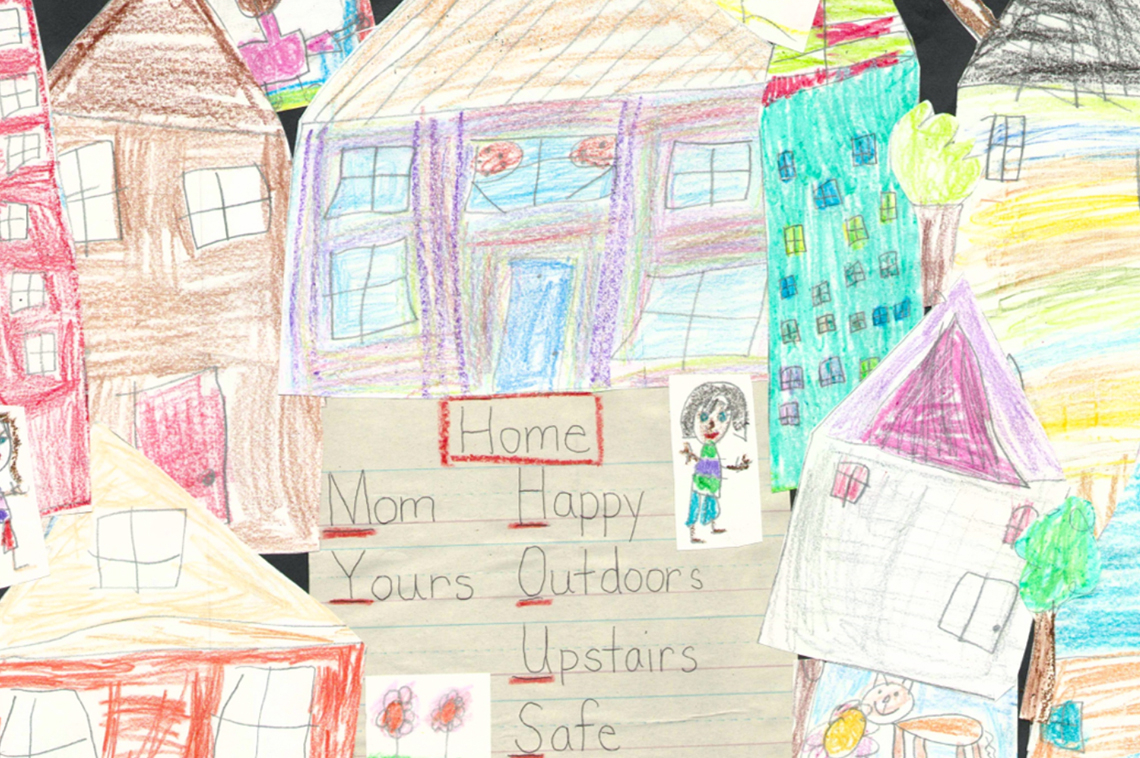




With our focus this month on public safety, the ArtPlace team thought October would be the perfect time to re-introduce one of our most comprehensive deep-dives into the topic: the 2016 field scan titled “Exploring the Ways Arts and Culture Intersect with Public Safety: Identifying Current Practice and Opportunities for Further Inquiry.”
The field scan, which was written by Caroline Ross of the Urban Institute in partnership with ArtPlace America, offers a comprehensive review of the projects, opportunities and challenges that lie at the intersection of creative placemaking and public safety. Although it’s filled with useful information and eye-opening observations that may surprise those who are already participating in this work, the field scan also acts as an entry point for those who may not have as much familiarity with the topic.
Public safety refers to the welfare and protection of the general public. The field scan notes that this work “strives towards a vibrant community where people not only feel free of threats to their persons and property, but feel safe.”
Public safety is not just about law enforcement
In the context of creative placemaking, the field scan focuses on the ways that public safety initiatives go beyond law enforcement and policing practices to encompass individual, as well as community, needs. Civic engagement, education, physical and mental health, neighborhood vitality, and citizen advocacy are all non-policing components of public safety.
When we released the field scan in April of 2016, we did so in the midst of a tensely charged socio-political climate. Since then, the atmosphere has only grown more tense. In the wake of much civil unrest following multiple instances of police violence and with growing distrust in the government after the 2016 election, those of us working in the field of public safety have our work cut out for us.
“We began our field scan research process in September 2015, very intentionally including public safety among the first three community development sectors that we would explore,” Jamie Hand, ArtPlace’s Director of Research Strategies, noted in a recent conversation. “The release of the President’s Task Force on 21st Century Policing Report that summer – following the unrest in Ferguson, Eric Garner’s case in New York, and rising attention and awareness across the country to the systemic flaws in our justice system – created a fertile backdrop for us to look at not just the relationship between the arts and community safety, but between the arts, community safety, and place.”
“There is a long history of creative work in correctional settings, and of studying the impact of arts programming for justice-involved individuals,” Jamie continued, “But broadening the scope of this intersection to look at the collective impacts of the arts on community safety felt like a real – and very timely – opportunity.”
Since the field scan was published in 2016, ArtPlace Research Strategies has worked closely with Local Initiatives Support Corporation (LISC) Safety and other partners to convene a working group and develop targeted resources for community safety practitioners to begin partnering with artists and arts organizations. We’re excited to share more about those efforts later this month.
In the time since our initial post introducing the field scan, ArtPlace has participated in several notable events focused on introducing public safety as the space where arts, culture and the criminal justice system intersect for the good of communities.
Art for Justice
To mark the launch of the Ford Foundation’s Art for Justice Fund (a $100 million fund in support of organizations working to address mass incarceration in America), we met with artists, filmmakers, musicians and writers to learn more about the challenges and opportunities they face while working within the criminal justice system. As people like Lisa Armstrong and Daniel Bernard Roumain (the respective writer and composer of Little Boy Lost, a documentary about a young man named Damien who was incarcerated in an adult prison) continue their work, the Art for Justice Fund will offer support and advocate for improvements within the system.
And, of course, at ArtPlace we’ve been continuing our work focusing on the ways arts and culture intersect beyond policing and the criminal justice system. Through our funded projects, we continue to highlight the power of preventative strategies like improving education, promoting neighborhood livability, and empowering communities towards goals of collective efficacy.
Earlier this month, we interviewed Cynthia Woo of the Pao Arts Center in Boston, MA to learn more about how her organization is strengthening community bonds through art. With its focus on educational out-reach and its practice of active engagement with the Boston Chinatown community, the Pao Arts Center is utilizing preventative strategies to ensure the long-term safety and vibrancy of its historic community.
In Hayward, California, the Alameda County Deputy Sheriffs’ Activities League (DSAL) is building relationships with community members through the arts via its Eden Lives! project, which received funding from ArtPlace in 2016. In collaboration with the local sheriff’s office and the Hayward Chamber of Commerce, DSAL created an ongoing seasonal pop-up community festival that transforms a vacant lot into a space for positive creative expression. Jamie Hand will give us a more in-depth look into the work the DSAL is doing in a blog post later this month.
In Indianapolis, IN, LaShawnda Crowe Storm and Phyllis Viola Boyd have been hard at work on RECLAIM, another one of our 2016 funded projects which focuses on public safety outcomes. RECLAIM utilizes the talents of artists and designers to transform an unsafe walking corridor currently used by elementary school students to get to and from school. The project activates vacant lots and houses with art and holds community development workshops to help build community investment and create positive economic opportunities for at-risk individuals. Through these preventative strategies, RECLAIM is building a safer neighborhood which will have the ability to sustain public safety goals over time. LaShawnda will also be writing a blog post for us later in the month.
If you haven’t yet had the opportunity to read our 2016 public safety field scan, you can check it out here. And don’t forget to stay tuned to the blog this month as we continue to explore this salient topic and the many interesting and unique approaches our partners and funded projects are bringing to the table.





